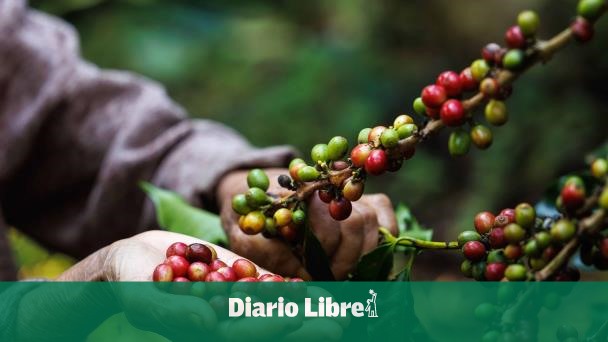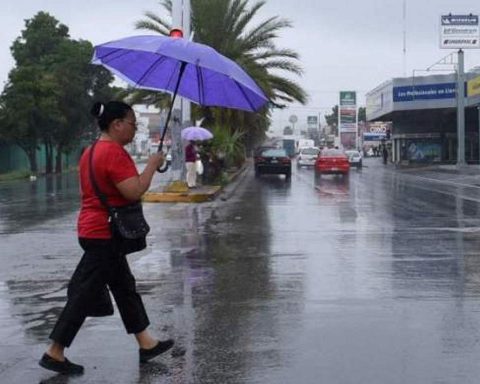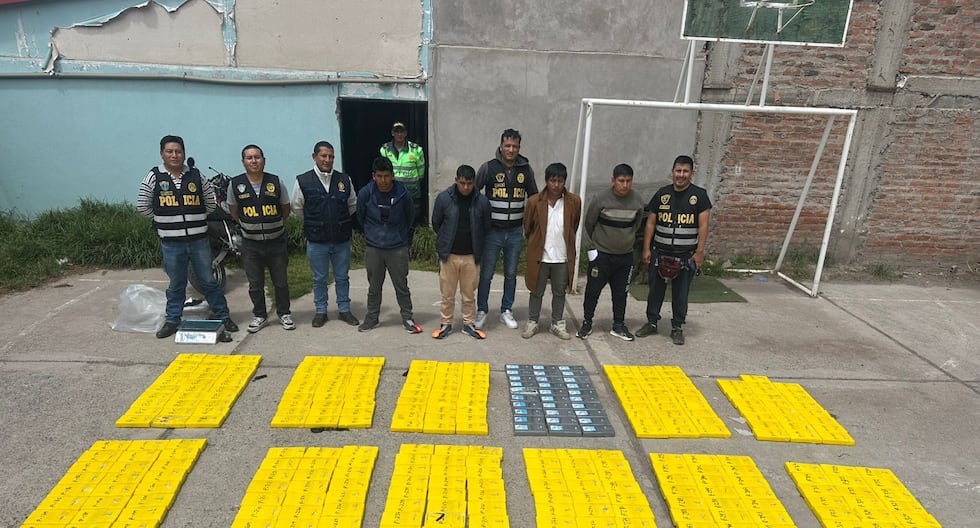He price of the coffee has skyrocketed to record levels, in a context of climate change, instability politics and financial problems. And although those highs could calm down, the volatility will persist, warn experts.
Prices through the roof
He price of the variety Arabica, rising 90% during 2024, broke its 1977 record on December 10, at $3.48 per pound. The one from coffee robusta is also high.
At the origin of this shotdriven by the speculationthere is the fear of bad harvests in Brazil and Vietnam – first and second producers – due to drought, after years in which the demand exceeded the offer.
To this are added “the disturbances in the Red Sea that lengthen transportation from Asia to Europe and delays in several ports,” says Carlos Mera, analyst at Rabobank.
The buyers They also have in mind the application of a law anti-deforestation in the European Union – currently postponed – and the possible increase in tariffs that Donald Trump could quickly establish.
Now “the prices “They should decrease more than increase,” estimates Mera. “But in this market reserves are low. Therefore, it is to be expected volatility“.
Threat of climate
Other causes of instabilitylike the climateespecially for Arabica, cultivated in altitude. The robusta is more resistant but has less demand.
According to data from the United States Department of Agriculture, 175 million bags (60 kilograms) of coffee in the 2024-25 harvest: 56% Arabica and 44% Robusta.
Grown in intertropical zones, both varieties are exposed to variations meteorological: late flower frosts, unseasonable rains, too intense monsoons… explains Guillaume David, from the Agronomic Research Center for International Development (Cirad, French acronym).
“This year we have seen weather in Brazil and Vietnam, before it was one or the other,” says this expert.
New consumers
Meantime, the demand continues for this small product born in Africa.
In 2024 there was “a small drop in the demand in the markets mature,” Mera points out. In Europe it is an effect of “the cost of living crisis” and in the United States perhaps it is due to the rise of weight loss treatments, as opposed to coffees latte, according to this expert.
But the demand is “on a strong rise in China“. In the year 2023-2024, the country imported 4.3 million bags, compared to 1.5 million four years earlier, according to this analyst, who predicts that the trend will accentuate.
China It is in 13th place of the producers worldwide, with about 2 million bags annually.
New territories?
Brazil contributes around 40% of the productionahead of Vietnam (17%), Colombia (7%), Indonesia (6%), Ethiopia (5%), Uganda, India, Honduras, Peru, Mexico…
Some of them could rise in altitude, such as Brazilwhich has large flat spaces where the crop. But for Ecuador, Burundi or Colombia, it will be more complicated.
Africa could play a key role with, for example, Togo or Ivory Coastwho abandoned the coffee for the benefit of cocoa, or Kenya, which in some places replaced it with avocado, suggests David.
Agronomists urge fit he crop to face these difficulties: plant vegetation cover to protect it from the sun and weatherget out of monoculture to fight pests…
Small producers
How to help the little ones producerswhich guarantee two thirds of the production world (with less than one hectare) and of which many are still below the poverty line?
The G7 of the main world economies approved in October the creation of a Background World Cup for Coffee Sustainability and Resiliencepromoted by the OIC (International Organization of Coffee) and industry groups. The goal is to find public and private financing to support innovation.
Many experts also point out the need to pay more fairly to farmers.
He trade fair, which guarantees a price minimum, it represents 5% of the production. For the rest, more than 80% of the coffee It is harvested by business giants for international transformers, also very concentrated.

















